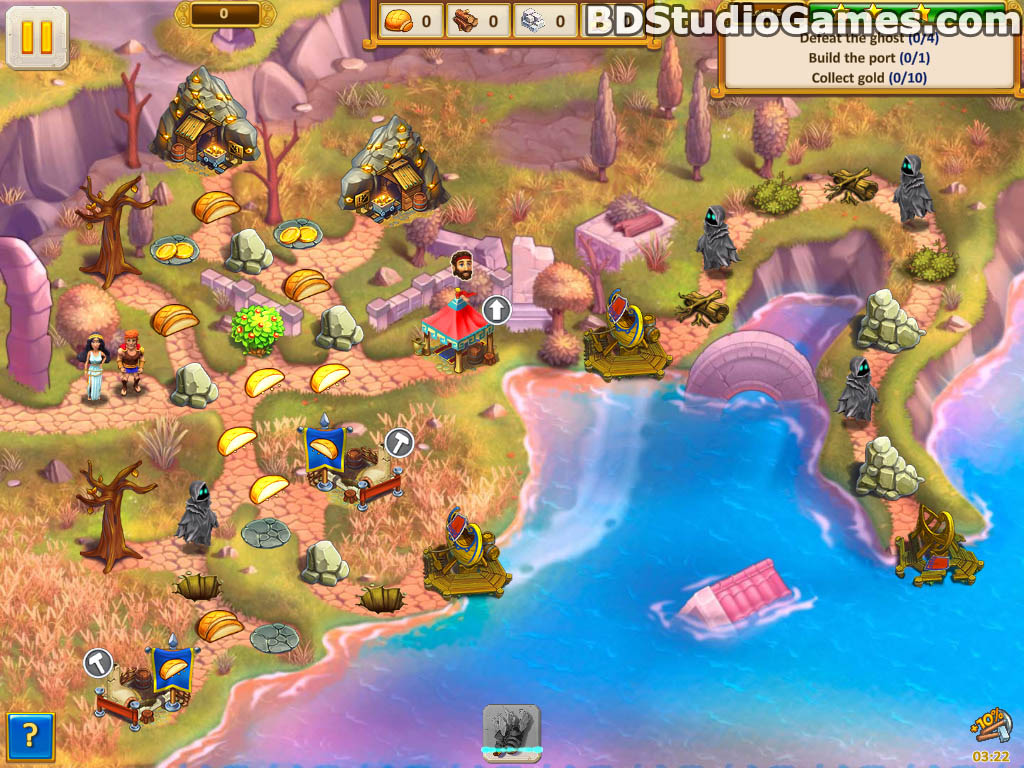

Critics of the early twentieth century regarded this imagery as basic to the poem, but tended to indulge in historical interpretations of Elizabeth and her courtiers, taking Spenser's words in the proem to Book II as an invitation to regard the poem as a crossword puzzle. This analysis illuminates the works while disclosing one of the first instances of Shakespeare’s plays inspiring another artist, challenging images of Daniel as a poet who disdained theater and Shakespeare as a playwright who cared only about the popularity of his works on stage.Ī serious short-coming in twentieth century criticism of Edmund Spenser’s The Faerie Queene has been the failure to account adequately for the poem’s preoccupation with images of female rulers. A review of extant versions of The Civil Wars, the Henry VI plays and Richard II reveals a complex relationship between the authors as they wrote and revised works on the Wars of the Roses while both had connections to the Countess of Pembroke and the Earl of Essex. Textual, bibliographical and biographical evidence suggests that Daniel borrowed from some of Shakespeare’s earliest works, the Henry VI plays, while writing The First Four Books, and that Shakespeare could have used a pre-publication manuscript of The Civil Wars to write Richard II.

What has not been recognized, however, is that they may have influenced each other’s works on English history before the publication of Daniel’s epic poem. Literary scholars agree that William Shakespeare used Samuel Daniel’s First Four Books of the Civil Wars as a source for his play Richard II, launching an interaction between the authors that lasted for many years.


 0 kommentar(er)
0 kommentar(er)
